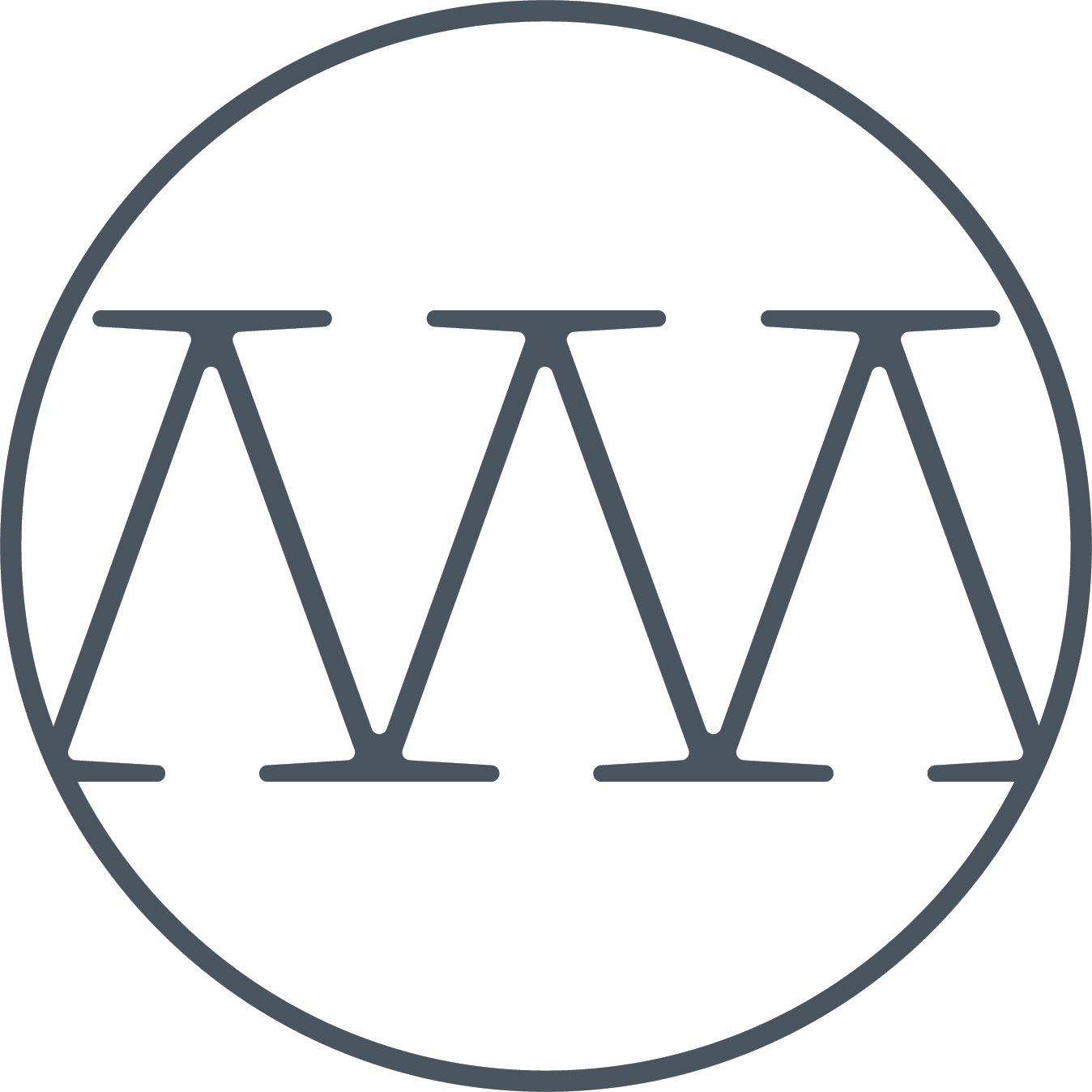The Important Difference Between 2D Patternmaking and 3D Design
Patternmaking is a skill that blends creativity with technical precision. It’s not just about drawing shapes on paper—it’s a process that demands extensive training, hands-on experience, and a deep understanding of garment construction, and the human shape patternmaking is akin to engineering, where visual concepts are expertly translated into functional blueprints for real-world production.
In the fashion industry, creating patterns involves multiple steps, each with its own focus and objectives. Among these, 2D patternmaking and 3D design stand out as distinct yet interconnected stages. While they both contribute to the garment creation process, they serve entirely different purposes and require specialized tools, techniques, and expertise.
Understanding the differences between these methods is not only beneficial but essential for product designers. You’ll have more confidence in your product idea and recognize the value of working with a professional patternmaker when you understand how 2D and 3D approaches complement each other.
The Key Differences Between 2D Patternmaking and 3D Design
Both 2D patternmaking and 3D design are useful processes in creating sewn products and garments; however, they serve distinct and different purposes.
2D Patternmaking
The focus of 2D patternmaking is creating precise, production-ready blueprints you can take to manufacture. Your patternmaker will use CAD software, manual drafting, or a combination of both to get your pattern just right. The final result is a flat pattern with technical annotations that will pair with your Teck Pack to ensure your manufacturer creates your product exactly how you intended.
3D Design
The focus of 3D design is on visualizing, refining, and optimizing the garment before creating physical prototypes. Using specialized software, your patternmaker will create digital simulations, test the fit of the design, and create visual assets that can be used for marketing before your product launches.
Workflow Integration
A professional patternmaker will use both of these methods to create the final pattern for your product. In most cases, the 2D steps precede the 3D steps; however, 3D adjustments can also be used to adjust the 2D pattern.
An Overview of 2D Patternmaking
The sewing pattern is a long-time industry standard that is well-understood by patternmakers and manufacturers alike. 2D patternmaking is the process of creating flat, two-dimensional pattern pieces that are then cut to size and ready for garment production according to the desired size.
While this may sound simplistic, patternmakers are required to translate a visual sketch or 3D render into the necessary 2D pieces that will eventually create a sewn sample. This process requires several steps, including the following:
Drafting patterns manually or using CAD software.
Adding seam allowances, notches, and other production details.
Testing fit through physical prototypes.
A skilled patternmaker is precise in their work, creating instructions that lead to accurate production of the concept and a comfortable fit. However, traditional methods of 2D patternmaking can be time-intensive. That’s where technology comes into play.
Overview of 3D Product Development
3D product development is the process of designing, fitting, and refining a garment concept in a three-dimensional digital environment. While this activity is not always perfect, it can help both the product developer and patternmaker stay on the same page when it comes to capturing the final goal for a garment.
Using 3D product development software allows for real-time visualization of the fit and proportions of a design. It is also very useful in finding potential problems in the construction, especially with different fabrics and fits. The 3D environment also saves time and resources that would traditionally be spent on creating samples and altering those until they’re perfect. Modern software even offers advanced features, such as motion simulation and photorealistic rendering.
Patternmakers use 3D product development tools to complete the following steps:
Importing or drafting 2D patterns into 3D software.
Virtually stitching and simulating garments to replicate drape, using digital avatars (virtual forms).
Adjusting for fit, fabric properties, and manufacturing feasibility.
The limitation of 3D development software is that it requires training and knowledge to use accurately. Using 3D development software also comes with a steep learning curve, requiring patternmakers to invest in education and training. While these innovative tools do not replace traditional patternmaking knowledge (which is still essential!), they do help speed up the process by providing the following helpful benefits:
Providing real-time visualization of fit and proportions.
Reducing physical resources and speeding up the development cycle.
Enabling advanced features like motion simulation and photorealistic rendering.
Work with a Professional Patternmaker for Your Next Project
2D patternmaking and 3D product development each play crucial, complementary roles in the garment creation process. While 2D patternmaking lays the foundation with precise blueprints, 3D product development brings designs to life, making it easier and quicker to refine fit and functionality. By integrating these approaches, you can streamline your product development workflow, enhance creativity, and improve manufacturing outcomes.
If you’re ready to take your designs to the next level, consider working with a professional patternmaker who can expertly navigate 2D and 3D methods to bring your vision to life. If you’re ready to discuss your concept or learn more about my patternmaking process, book a free consultation to get started!


